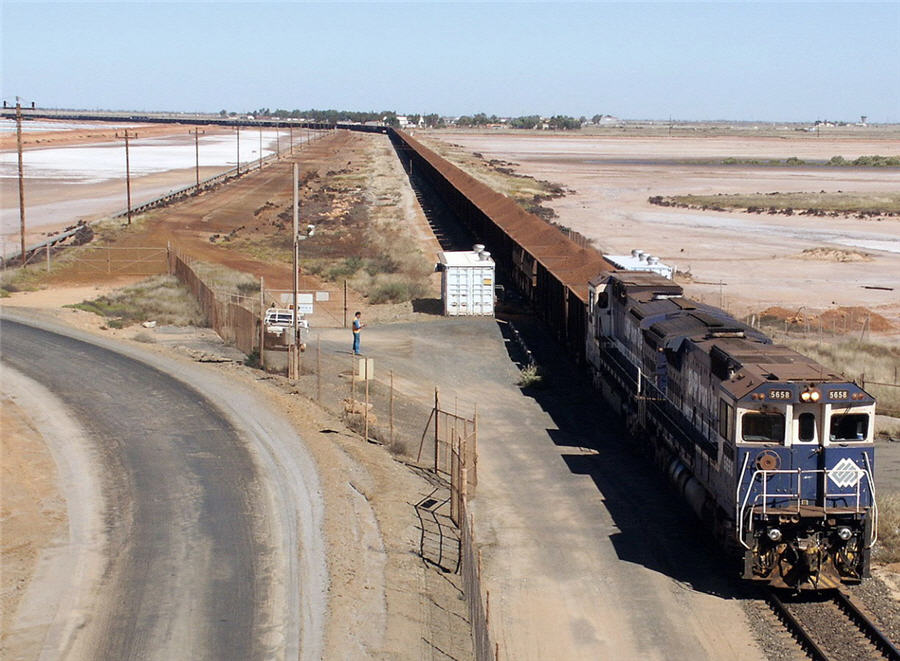
Global miner BHP Group is feeling its way back into commodities trading, making a dedicated hire to help it manage a base metals book in Singapore as it seeks to boost returns and manage transaction risk, two people with knowledge of the matter said.
The return to trading at the world’s biggest listed miner for the first time since the mid-2000s will see it add trading capacity across copper, energy and iron ore divisions in what one of the people described as “baby steps”.
The move comes several years after peer Anglo American moved into trading of concentrates including third party material, which industry sources say has met with some success.
The return to trading at the world’s biggest listed miner for the first time since the mid-2000s will see it add trading capacity across copper, energy and iron ore divisions
BHP has hired Yuna Chang, formerly with mid-sized base metals trading house Concord Resources, to execute London Metal Exchange business, according to another person with direct knowledge of the matter. Chang did not respond to a request for comment made via LinkedIn.
BHP will not be launching a proprietary trading desk, said the sources, who declined to be identified because discussions on the matter were private. It wasn’t immediately clear if BHP would extend credit to customers as part of the new trading arrangements.
A BHP spokesman said the miner remained focused on creating value with its customers and that it would “constantly assess the commercial options that support their requirements and helps us achieve our objectives”.
It said it would continue to leverage its physical copper book which is set to grow as it brings its Spence expansion in Chile online.
BHP’s previous commodities trading stretches back to when it merged with British peer Billiton in 2001, setting up a centralised marketing model across its operations in Singapore and The Hague.
The concept was to achieve consistent price realisation, said a person involved at the time, as it leveraged its physical production to launch proprietary trading within predetermined risk limits, around pricing, as well as concentrates and refined metal.
According to the person, who declined to be named because the matter was sensitive, Marius Kloppers, who had set up the scheme, abruptly dismantled it some five years later, before he became BHP’s chief executive in 2007, as he focused on cutting operational risk, after a credit-related loss in freight and losses in thermal coal.
Australia’s big miners are well known for not hedging their price risk, preferring that shareholder returns reflect the peaks and troughs of the commodities cycle.
(By Melanie Burton; Editing by Kenneth Maxwell)
Comments